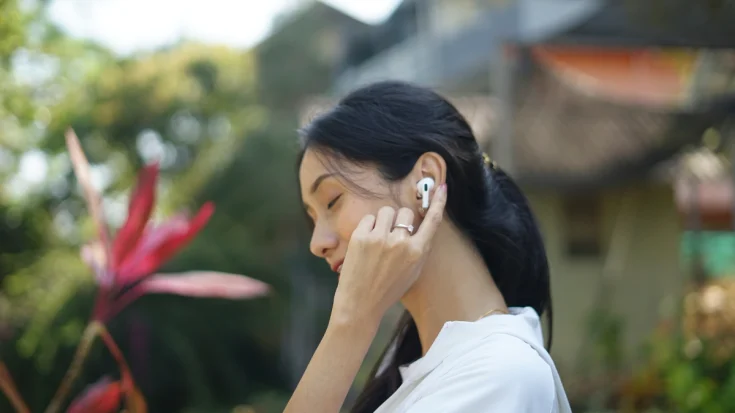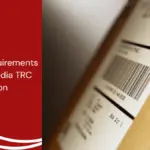True Wireless Stereo (TWS) is an audio device that comes with many features, one of which is noise-canceling technology. With the technology, you’ll have a better experience without outside noise.
Are you familiar with this feature? Read this article to learn more about noise-canceling technology from its definition, types, benefits, and what to consider when using it.
Table of Contents
What is Noise Canceling Technology?

Noise-canceling technology is a technology that is able to detect and eliminate noises from the surrounding environment so that users can enjoy audio with more focus and clarity without distractions.
Also Read
Noise-canceling is divided into two, Active Noise Canceling (ANC) and Passive Noise Canceling (PNC). ANC is the technology that True Wireless Stereo (TWS) uses to reduce noise from the surrounding environment.
Active noise canceling works by using a microphone to detect noise around the user and then sound waves with the opposite phase to the noise are generated by the earbuds. So that before reaching the ear, the noise has been neutralized or muted.
On the other hand, passive noise cancelation performs physical noise cancellation achieved by the materials and design of the headset such as those used on construction workers who wear bulky and heavy earplugs or you manually have to turn up the volume.
Effective passive noise cancellation requires thicker and heavier headphones to cover the ears completely, or by manually turning up the volume which is not great for your hearing in the long run.
Types of active noise-canceling technology
Here are three types of Active Noise Cancellation (ANC) technology:
- Feed-Forward ANC: The noise-canceling microphone is outside the device.
- Feed Back ANC: The sound-canceling microphone is inside the device.
- Hybrid ANC: Combines Feed-Forward and Feed Back ANC for maximum sound deterrence.
The Benefits of Noise-Canceling Technology

The noise-canceling technology as the feature of True Wireless Stereo (TWS) certainly provides a better audio listening experience without the distraction of surrounding sounds. Here are some of the benefits of noise-canceling technology:
1. Provides a better audio experience:
One of the main benefits of noise canceling is that it provides a better audio experience. This technology allows you to enjoy audio content such as music or podcasts more clearly without the interference of outside sounds.
2. Increased comfort
With the noise canceling feature, it can increase user comfort. You will be helped to get a quieter and more comfortable atmosphere in listening to audio even in public transportation or noisy environments.
3. Improve focus and productivity
For those of you who are comfortable listening to audio while studying or doing work, of course, the noise-canceling feature can help you more. Without the distraction of outside sounds, of course, you can increase the focus and productivity you are doing.
Some Things to Note When Using Noise-Canceling Technology

With the benefits that True Wireless Stereo (TWS) provides with its noise canceling feature that reduces outside noise, there are of course some things to note so that you don’t lose sight of your surroundings while using TWS. Here are some points to note:
- Reduced awareness of surroundings: Frequent or prolonged use of the noise canceling feature can reduce awareness of your surroundings.
- Be aware of your surroundings: Stay aware of nearby threats especially when walking or doing outdoor activities.
- Set the volume wisely: Avoid listening to audio content at too high a volume.
- Limit usage: Do not use continuously for too long, to avoid ear fatigue and hearing loss.
The noise-canceling technology in TWS is certainly a good choice for those who want better audio with less interference from outside sounds. But you still need to maintain awareness of your surroundings and use them wisely.
Another thing to note is to ensure the safe use of your TWS. Every wireless device marketed in Indonesia must have a DJID certification from the Ministry of Communications and Digital (KOMDIGI).
TWS uses radio frequency technology to operate, and as such, their use is strictly regulated in Indonesia. Devices that use radio frequency technology are subject to several tests to ensure that the radio frequency technology used complies with Indonesian standards.


















